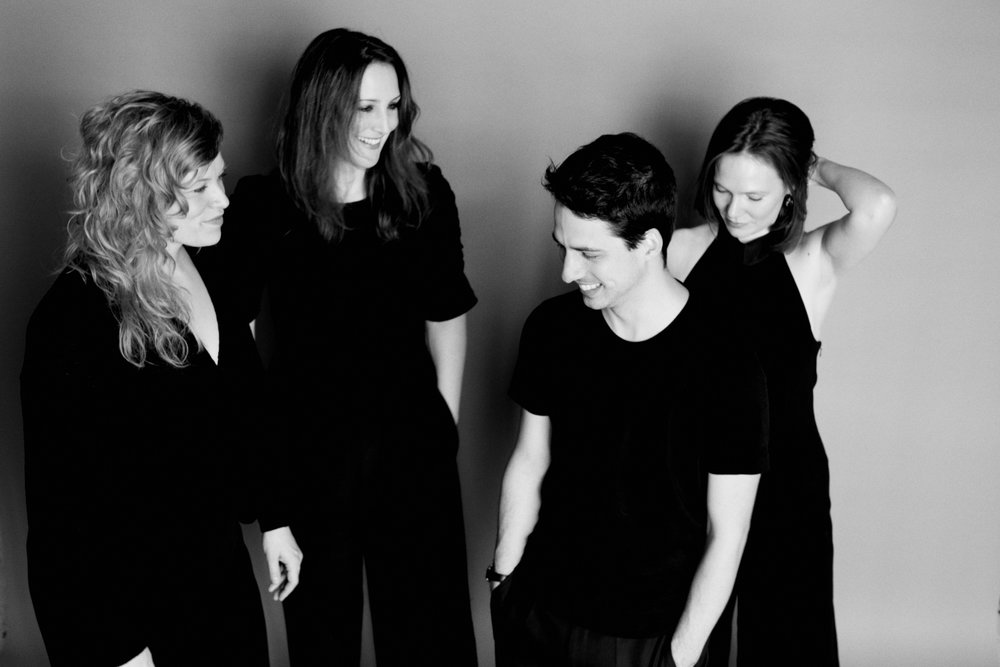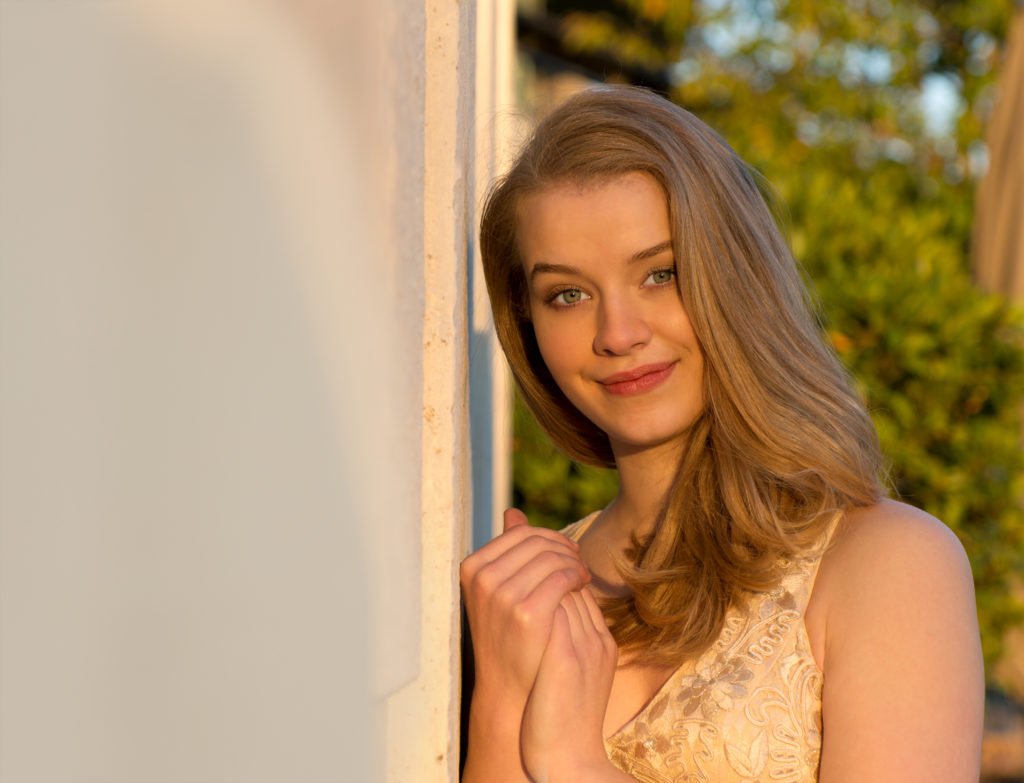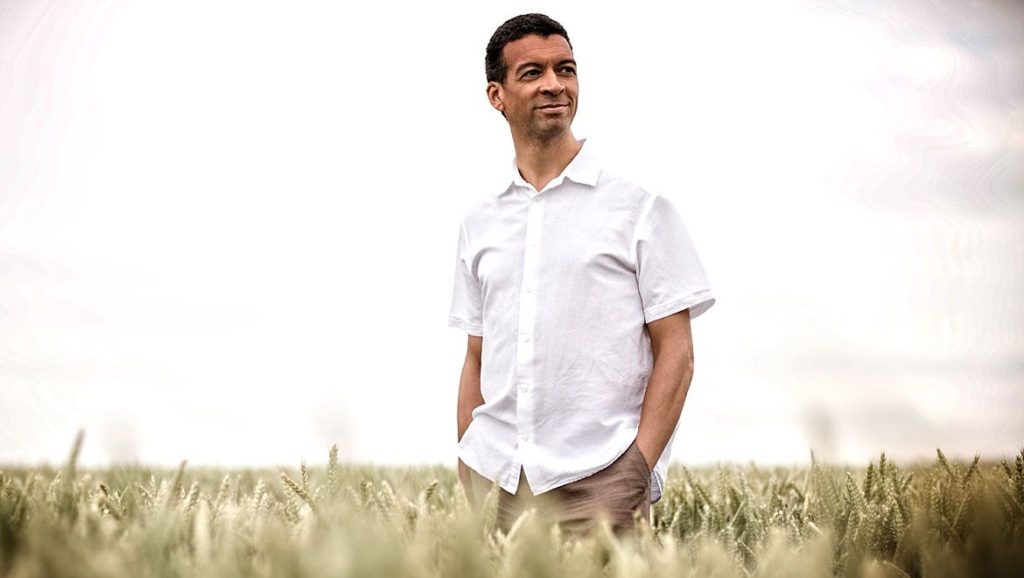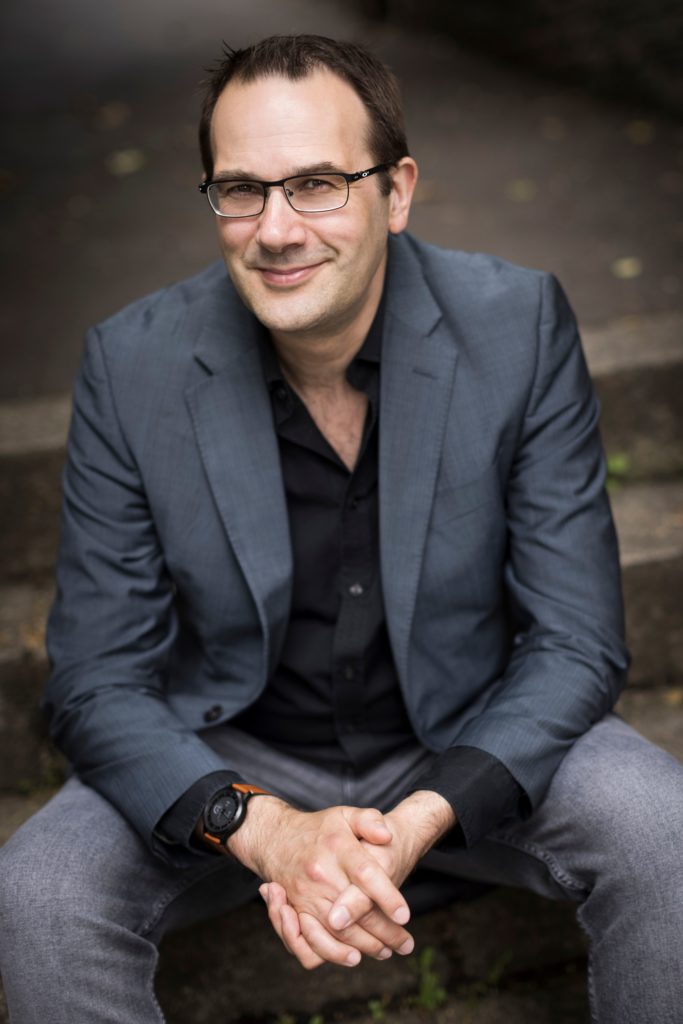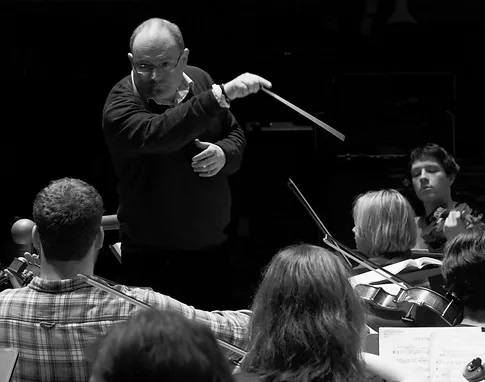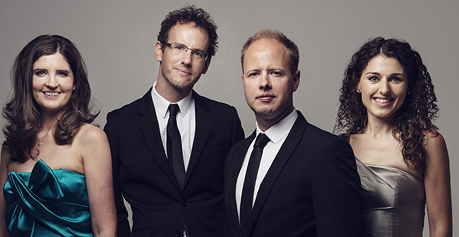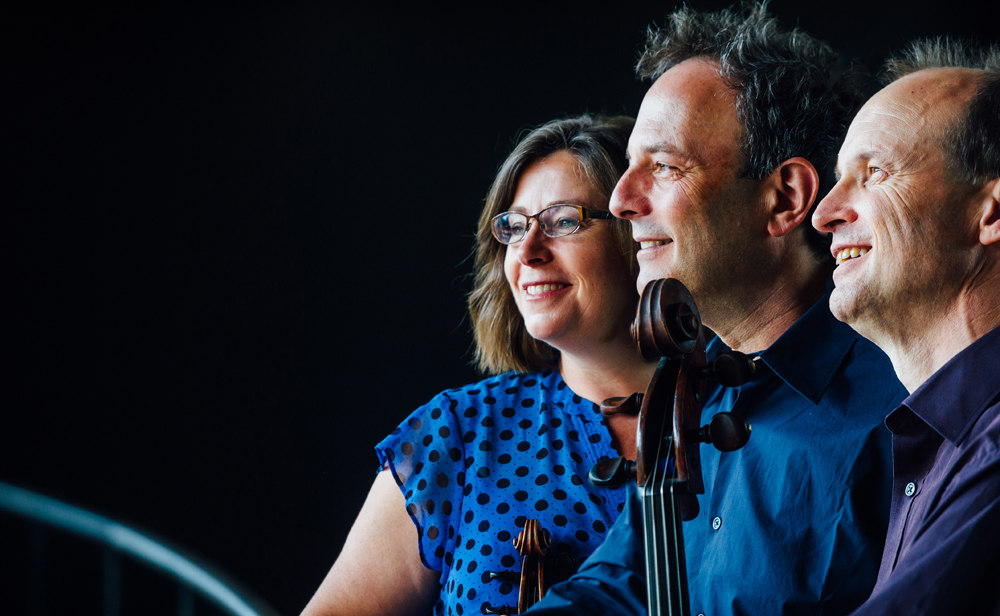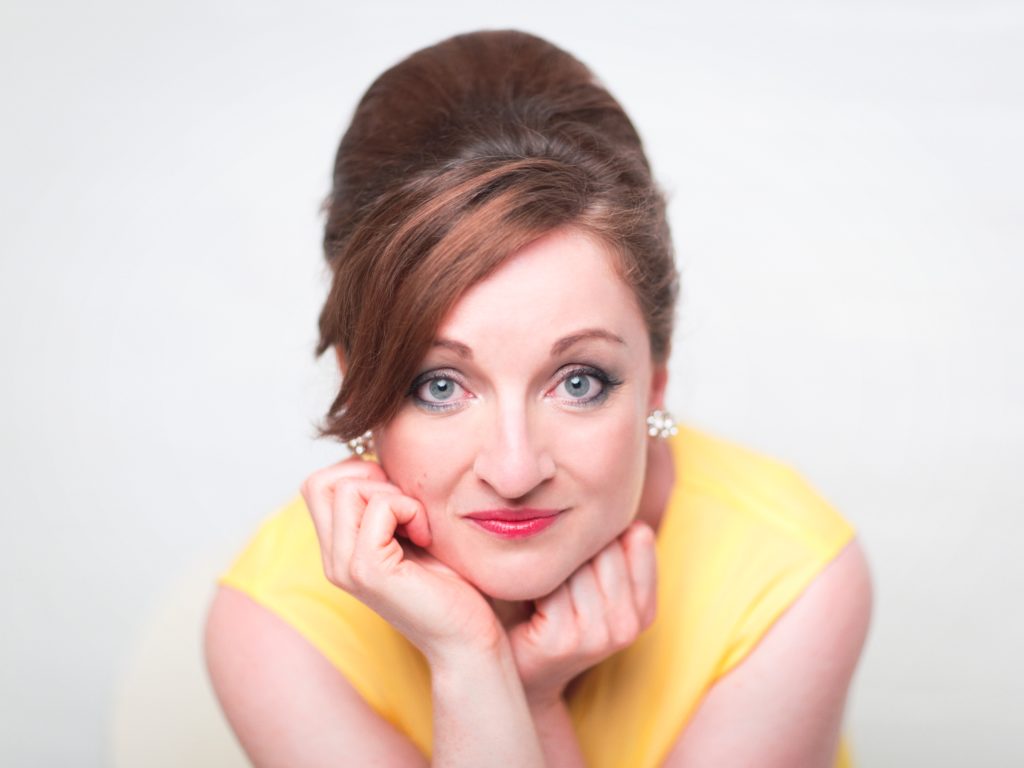
Ailish Tynan and Christopher Glynn, Sir Jack Lyons Concert Hall, University of York, May 3
I ABSOLUTELY love Schumann’s Liederkreiss: a sublime marriage of Eichendorff’s poems.
This performance by Irish soprano Ailish Tynan and pianist Christopher Glynn was simply superb; the songs fresh and full of insight, of rediscovery.
In Der Fremde had that remoteness, palpable longing, a heartfelt intermezzo and the oh-so-delicately delivered Mondnacht, with the delicious, gentle melodic embellishments. And then, not sure when, three things happened to jolt me out of this musical love-in.
A young lady in front decided to check for text messages; this suddenly morphed into a coughing fit by the singer, and the resuming cycle was in English; albeit an impressive translation by Jeremy Sams (commissioned by Christopher Glynn). I was so immersed, captivated by the performance, I hadn’t realised. Some reviewer, eh?
The recital had opened with Grieg’s Sechs Lieder. What was obvious from the outset was the instinctive musical chemistry between the performers. For example, the genuine sense of fun and cheeky exchanges in Lauf der Welt, the quietly driven urgency and touching reflection of Goethe’s Zur Rosenzeit and blending of vocal line and piano accompaniment in the closing Ein Traum.
Much of the second half was dedicated to settings of James Joyce. Bridge’s Goldenhair was fluent and hugely enjoyable, Barber’s Solitary Hotel came across as sultry, smouldering music-making with a passionate tango-influenced accompaniment.

But the most rewarding was John Cage’s The Wonderful Widow Of Eighteen Springs. Ms Tynan sang the minimalist vocal line without any vibrato; it sounded like an elegant sacred chant.
Christopher Glynn’s percussive commentary – hitting the lid or other parts of the piano in a variety of ways with his fingers and knuckles – was so nuanced, almost ritualistic. The performance had an other-worldly quality, which gently dramatised Joyce’s nocturnal, expressive text.
The sexy, Spanish dancing lady was flirtatiously animated by Ms Tynan in a much-appreciated encore. Personally, I would have left the last word with Joyce and Edmund Pendleton’s Bid Adieu; a moving farewell with a lovely soft landing.
All of which doesn’t lead me to the performance of Strauss’s Four Lieder, op.27, but here we are. The performance was simply sublime. Ruhe, Meine Seele was latent with expectation, simmering with sadness.
In Cäcilie, the floodgates opened in an almost operatic outpouring of emotion. The idiomatic pianism and, at times, telling recitative delivery in Heimliche Aufforderung were really effective.
But it was the performance of Morgen! that moved me to the core, as it always does. A most exquisite piano opening by Christopher Glynn, then the bleeding in of Ms Tynan’s vocal line into the piano narrative producing a deeply touching musical image of lyrical togetherness. Magical. You could have heard the proverbial pin drop at the close.
Review by Steve Crowther


